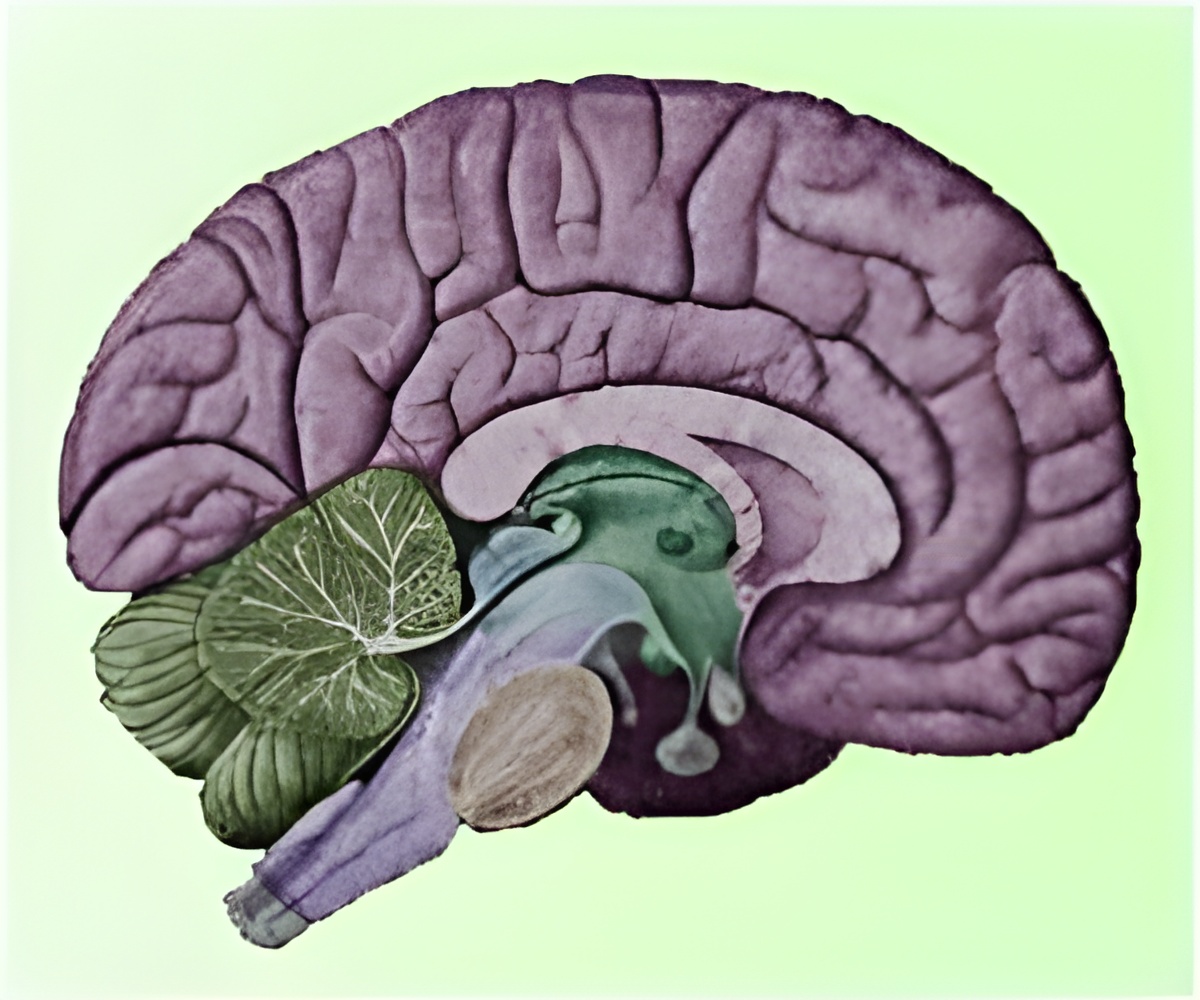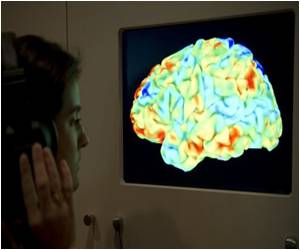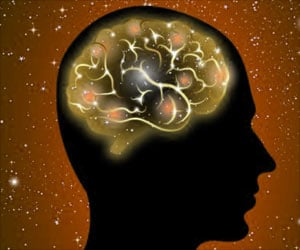
‘An in-depth analysis of a comprehensive molecular atlas of brain development in the non-human primate has been published by researchers.’
Tweet it Now
This resource enables researchers to understand the underpinnings of both healthy brain development and many neuropsychiatric diseases. Analysis of the atlas is featured this week in the journal Nature. "This is the most complete spatiotemporal map we have for any mammal's development, and we have it in a model system that provides directly meaningful insight into human brain development, structure, and function," says Ed Lein, Investigator at the Allen Institute for Brain Science. "This exceptional dataset is useful for exploring precisely where and when genes are active in relation to the events of brain development and the onset of brain disorders."
"Collaborating with the NIH on this project allowed us to make use of the Allen Institute's unique capabilities to generate high-quality, large scale data resources that enable the scientific community around the world to make valuable discoveries," says Allan Jones, CEO of the Allen Institute.
Thomas R. Insel, former Director of the National Institute of Mental Health, said, "This new atlas will be the foundation for the next generation of studies linking the genetics of neurodevelopmental disorders to the development of specific brain pathways."
The goal of the NHP atlas was to marry the techniques of modern transcriptomics with the rich history of anatomical developmental studies by measuring gene activity at a series of ten important stages in prenatal and postnatal brain development. At each stage a technique called laser microdissection was used to precisely isolate fine layers and nuclei of cortical and subcortical brain regions associated with human psychiatric disease, thereby creating a high resolution time series of the generation and maturation of these brain regions and their underlying cell types. The gene expression data are complemented by neuroimaging and histological and cellular resolution gene expression reference data.
Advertisement
Because the atlas targeted areas of the brain associated with human disease, the authors collaborated with colleagues at the Baylor College of Medicine to use this molecular map to pinpoint when and where candidate genes for diseases like autism and schizophrenia become active. Genes associated with autism are particularly active in the prenatal neocortex in newly generated neurons, consistent with other studies and the early onset of autistic pathology. In contrast, genes for schizophrenia become active much later in development, also in neurons in the neocortex, which correlates with the disease's later onset.
Advertisement
Finally, by comparing these data to similar human and rat gene expression data, the researchers demonstrate that many genes show different developmental trajectories in primates compared to rodents, with many fewer differences between monkey and human. Human brain development is uniquely characterized by an unusually protracted period of developmental plasticity, referred to as neoteny. "We found evidence for genes showing regulation consistent with neoteny, but with a twist," says Lein.
A set of human genes showed two patterns, a sharp change in expression earlier than other species, followed by a prolonged increase lasting longer than monkeys. "These findings show the value of closely related non-human primates to study shared characteristics of close evolutionary relatives and to identify unique features of the human brain related to our cognitive abilities and susceptibility to certain diseases."
Source-Eurekalert














